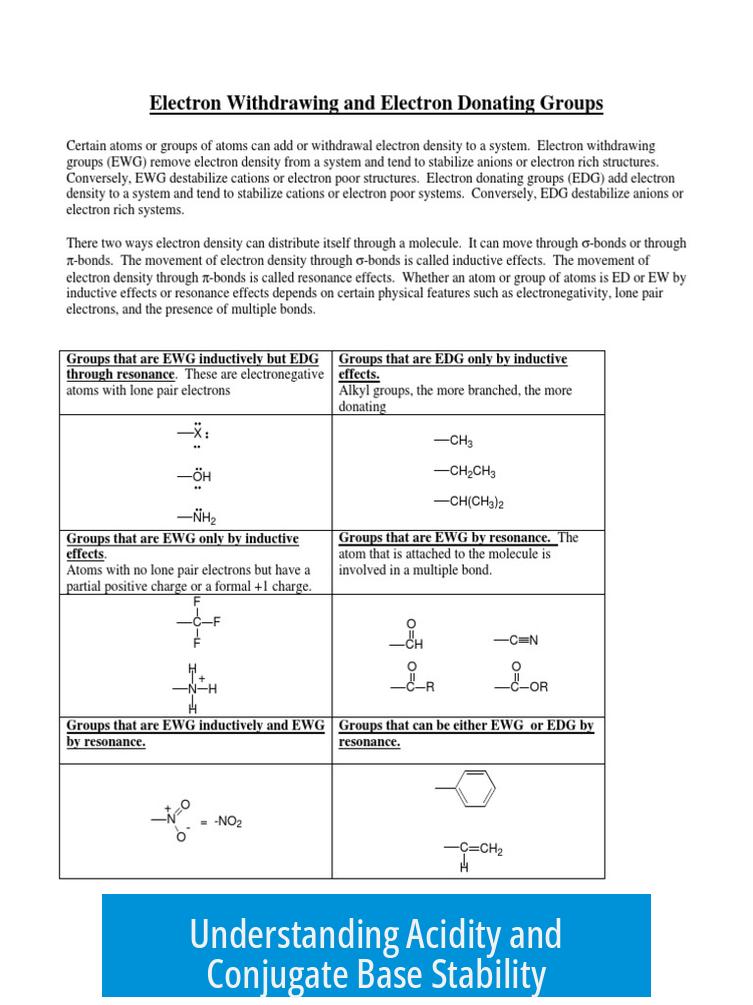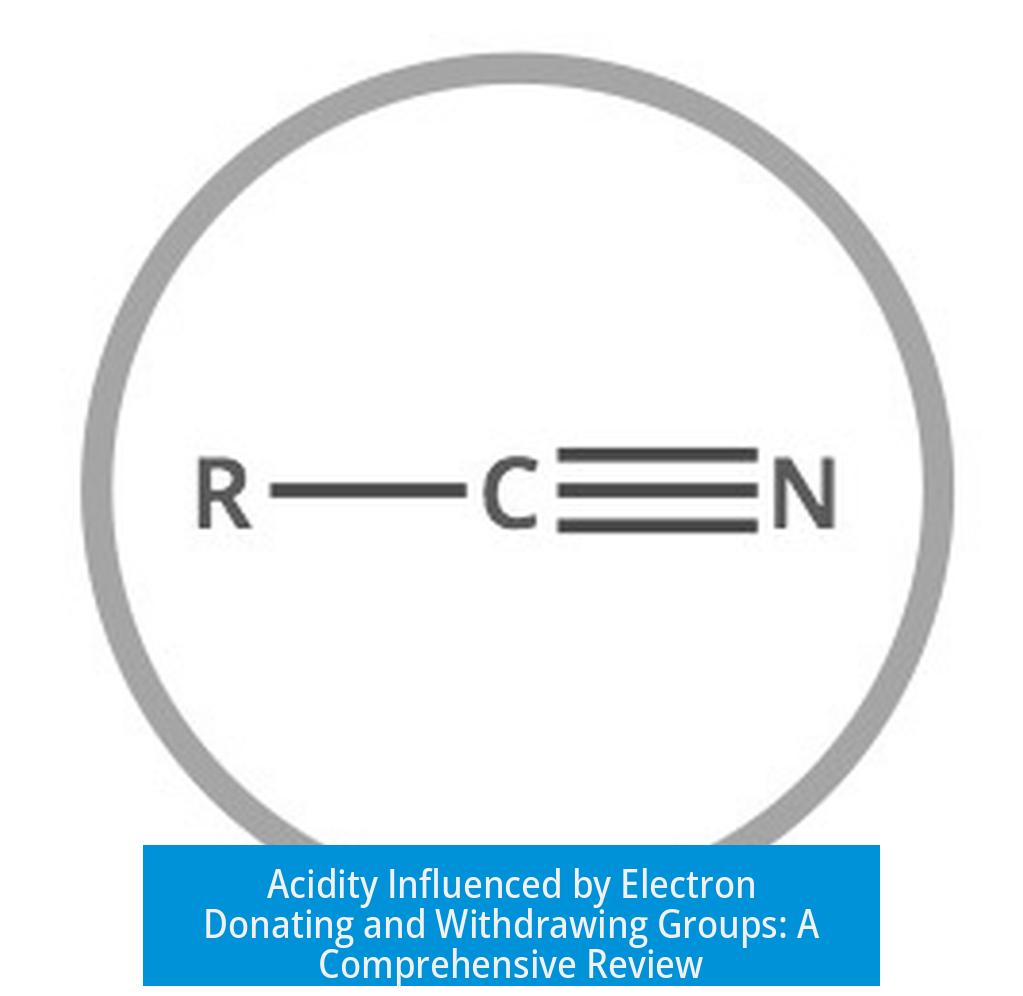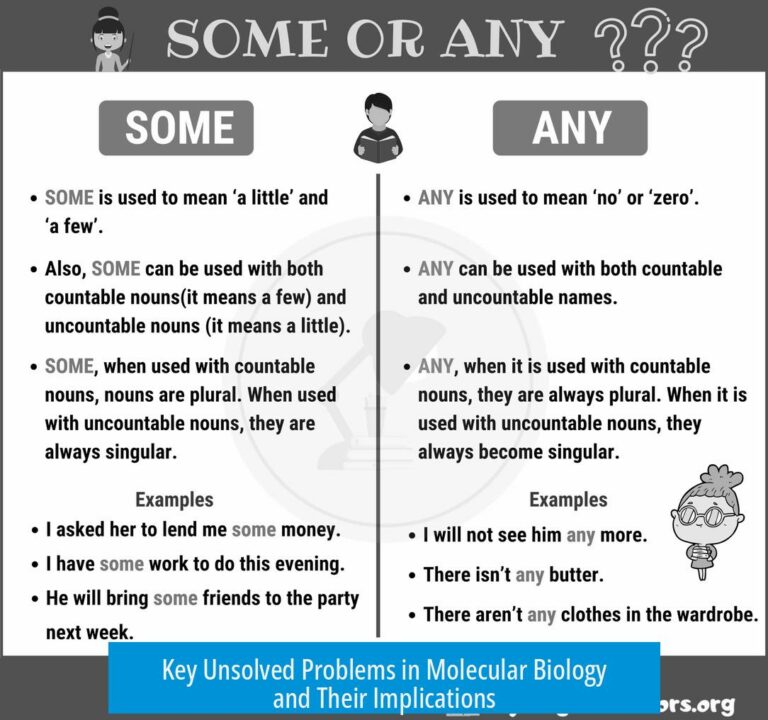Acidity depends largely on the stability of the conjugate base formed after deprotonation, where electron donating and withdrawing groups play key roles in influencing that stability.
Understanding Acidity and Conjugate Base Stability

Acidity results from an electrophile–nucleophile interaction, where the electrophile is a proton (H+). The strength of an acid correlates with how stable its conjugate base is after losing a proton. A more stable conjugate base means a stronger acid.
The conjugate base stability depends on how well the negative charge can be delocalized or stabilized by the surrounding atoms or groups attached to the molecule.
Role of Electron Withdrawing Groups (EWG)
Electron withdrawing groups increase acidity by pulling electron density away from the site of deprotonation. This electron pulling stabilizes the negative charge on the conjugate base, lowering its nucleophilicity. Lower nucleophilicity means the base is less eager to recombine with a proton, favoring a stronger acid.
This effect is primarily via the inductive effect, where electronegative atoms or groups withdraw electrons through sigma bonds.
- Examples of EWGs include -NO2, -CN, -CF3, and halogens.
- Their electronegativity causes electrons to be drawn away from the deprotonated site.
The strength of this effect decreases significantly with distance from the deprotonated atom. Atoms or groups closer to the acidic proton site exert greater influence on acidity.
Influence of Electron Donating Groups (EDG)
Electron donating groups reduce acidity. They push electron density towards the deprotonated site, increasing the negative charge density on the conjugate base. This increase makes the base more nucleophilic and less stable, reducing the tendency of the original molecule to lose a proton.
Typical EDGs include alkyl groups (-CH3), -OH, and -NH2 when donating electron density via sigma or resonance effects.
Like EWGs, the effect of EDGs on acidity is more pronounced when close to the site of proton loss.
Specific Case: Phenols vs Aliphatic Alcohols
Phenols display different acidity behavior compared to aliphatic alcohols due to resonance stabilization.
In phenols, the negative charge on the oxygen after deprotonation can be delocalized into the aromatic ring. This resonance effect surpasses the inductive effect in stabilizing the conjugate base. For example, phenol’s acidity is significantly higher than that of cyclohexanol, an aliphatic alcohol.
Adding EWGs such as a nitro group at the ortho or para position of phenol further enhances acidity by enabling resonance interaction, withdrawing electron density through both resonance and inductive effects.
Electronegativity and Atomic Radius Impact
The atom holding the acidic proton also influences acidity:
- Electronegativity: Higher electronegativity stabilizes the conjugate base by attracting electrons more strongly, thus increasing acidity.
- Atomic radius: Larger atomic radius allows more spatial distribution of electron density, reducing electron repulsion and stabilizing the conjugate base.
For example, acidity trends increase in hydrides from C–H to O–H bonds because oxygen is more electronegative and can better stabilize the negative charge on the conjugate base.
Comparing Inductive and Resonance Effects
Two major mechanisms stabilize conjugate bases:
| Effect | Mechanism | Distance Dependence | Impact |
|---|---|---|---|
| Inductive | Electron withdrawal or donation via sigma bonds | Effect decreases rapidly with increasing distance | Moderate influence on acidity |
| Resonance | Delocalization of charge through pi bonds over multiple atoms | Can stabilize charge even at some distance if conjugated system exists | Usually stronger influence than inductive effect |
Resonance allows the negative charge to be spread across several atoms, stabilizing the conjugate base more effectively than inductive withdrawal alone.
Systematic Approach to Predicting Acid Strength
When assessing acidity:
- Identify the atom losing the proton and consider its electronegativity and atomic radius.
- Examine if electron withdrawing or donating groups are present near the acidic site.
- Check the molecular structure for resonance possibilities to delocalize the conjugate base’s negative charge.
- Evaluate the relative proximity of substituents to the acidic proton, prioritizing closer groups for stronger effects.
Key Takeaways
- Acidity depends on the stability of the conjugate base formed after proton loss.
- Electron withdrawing groups increase acidity by stabilizing the conjugate base through inductive effects.
- Electron donating groups reduce acidity by destabilizing the conjugate base via increased electron density.
- Resonance stabilization has a greater impact on acidity than inductive effects, especially in aromatic systems like phenols.
- Electronegativity and atomic size of the protonated atom affect acid strength significantly.
- Both the type of substituent and its position relative to the acidic proton determine its effect magnitude.
What role do electron withdrawing groups (EWG) play in acidity?
EWGs increase acidity by pulling electron density away from the deprotonation site. This delocalizes the negative charge on the conjugate base, stabilizing it and thus strengthening the acid.
How do electron donating groups (EDG) affect the strength of an acid?
EDGs donate electron density to the conjugate base, making it more reactive to H+. This reduces the conjugate acid’s acidity by destabilizing the base.
Why is resonance more influential than inductive effects in phenol acidity?
Resonance allows the negative charge to spread over several atoms, greatly stabilizing the phenolate ion. This effect enhances acidity more than the inductive effect does.
How does the distance from a substituent to the deprotonation site impact acidity?
The influence of both EWGs and EDGs weakens with increasing distance from the acidic proton. Closer groups have a stronger effect on conjugate base stability.
What is the importance of electronegativity and atomic radius in acidity?
Higher electronegativity on the deprotonated atom attracts electrons better, stabilizing the base and increasing acidity. Larger atomic radius also allows electron delocalization, boosting acid strength.





Leave a Comment